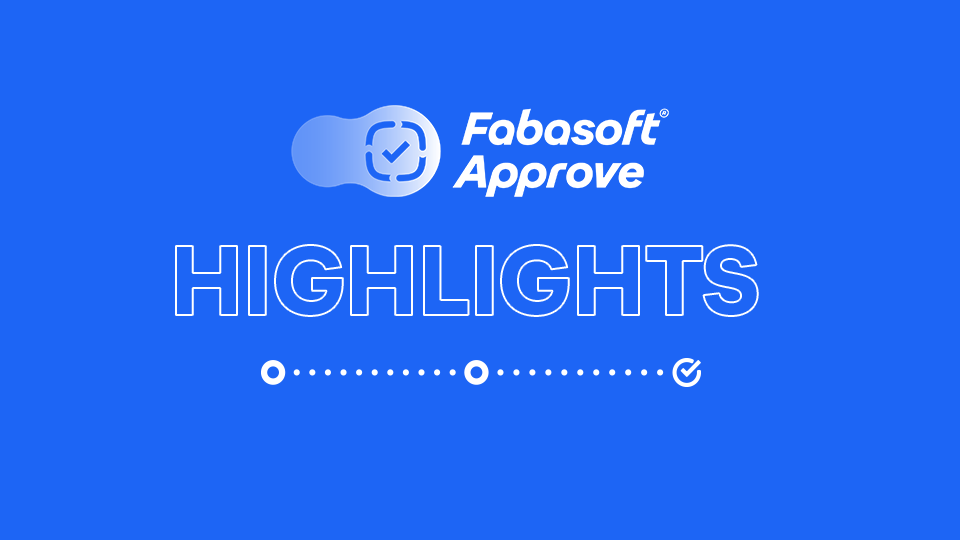Digital resources management
The recognition factor and strength of a successful brand largely depend on a uniform market presence and a consistent visual vocabulary. Logos, images, videos, animations as well as marketing and sales documentation are the building blocks of market communication and customer dialogue. Side by side with the experience and know-how of its employees, these “digital assets” undoubtedly belong to the central assets of any company.
Quite often, these important resources are spread across the entire company, which is a real challenge in day-to-day operations. A study conducted by the consulting company McKinsey showed that it takes employees about 1.8 hours a day or 9.3 hours a week (!) to search for content and information. The results of a similar study on the amount of time that Germans spend on searching for documents, carried out in 2018, was much alike: It takes employees approximately two hours a day to search for and store files, templates or orders. Inefficient document workflows are therefore one of the main time wasters in offices.
Digital assets are often stored on various company drives or even on the personal end devices of employees. Nobody has an overview of the multimedia data pool. Non-existent structures with regard to software-assisted asset management, mandatory storage processes or workflow and access rules are to blame for these inefficient data silos. In an environment like this, it is easy to end up in a chaotic situation where valuable media content is either stored in several places or even gets lost.
Inefficient data exchange by email
Exchanging data with other departments or external business partners by email is resulting in inefficiencies. Everybody knows the situation that a mailbox is turning into a veritable document storage location.
Nowadays, almost all businesses are faced with the challenges of having their digital content available at any time and of reducing the time required for searching to a minimum. Interest in professional Digital Asset Management systems (DAM) is therefore increasingly at the focus of marketing, communications and IT departments. This applies all the more so if existing company-internal processes are built on a close collaboration between different departments or if many external partners are included in the ongoing company value creation.
Once a decision has been taken to increase internal efficiency and simplify collaboration with external stakeholders with the help of a DAM system, questions on installation options and the suitable Cloud type - public, private or hybrid - arise (further information is available in the Whitepaper “Ten questions you should ask yourself before introducing DAM“).
While some people still have concerns about the security aspects of outsourcing data and processes to external service providers, Public Cloud solutions are nevertheless already a reality at many companies. Cloud Monitor 2019 - a study conducted by Bitcom Research for KPMG - for example showed that by now, 73 percent of all German companies with more than 20 employees rely on “the Cloud”.
Organisations that want to be on the safe side with regard to the security of Cloud solutions should pay particular attention to the following aspects in their selection of a Cloud provider: Process transparency, the security of data management and data provision, the quality of the data centre infrastructure and services as well as legal compliance of the offer.
Certificates facilitate the choice of the right Cloud
Certificates issued by renowned and independent auditing organisations are the best references and guides when it comes to selecting Cloud operations of the highest security standards and quality. These auditors check, evaluate and certify the entire Cloud environment and the services offered according to strict and defined quality criteria (e.g. C5 or EuroCloud StarAudit).
Based on access management and the definition of process rules and routines, an intelligent DAM system allows to set up workflows across departments as well as with external partners. They contain clearly defined coordination processes and releases, which in turn will save valuable time. Cloud-based DAM platforms furthermore provide access on the released and therefore latest versions of assets, regardless of time and place. All modifications can be traced at any time.
The conclusion: In today’s working environment which is increasingly characterised by digitisation, Digital Asset Management from the Cloud is a competitive advantage that should not be underestimated. Why waste time on the search for digital assets instead of investing time in building a strong, successful brand?




